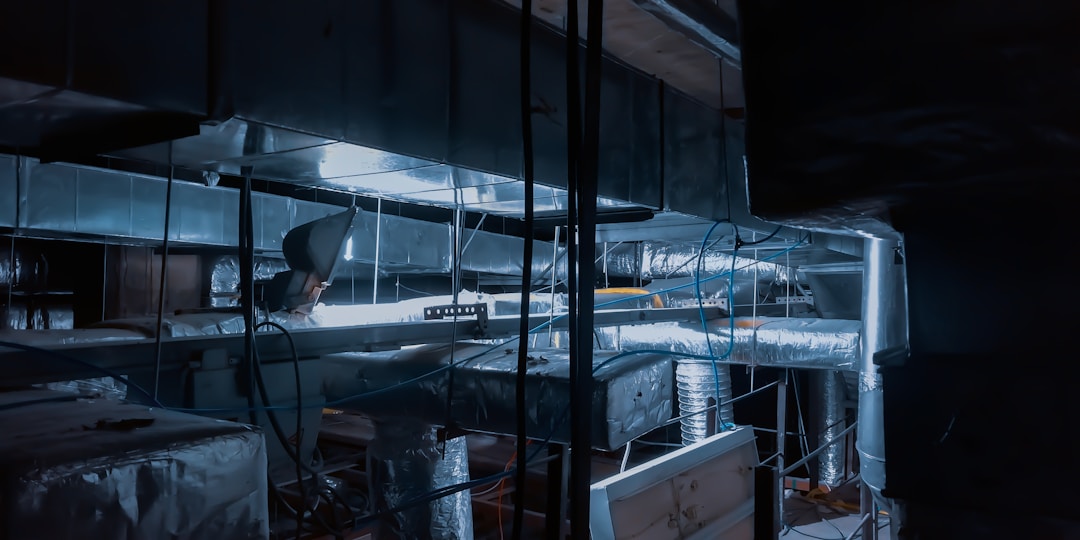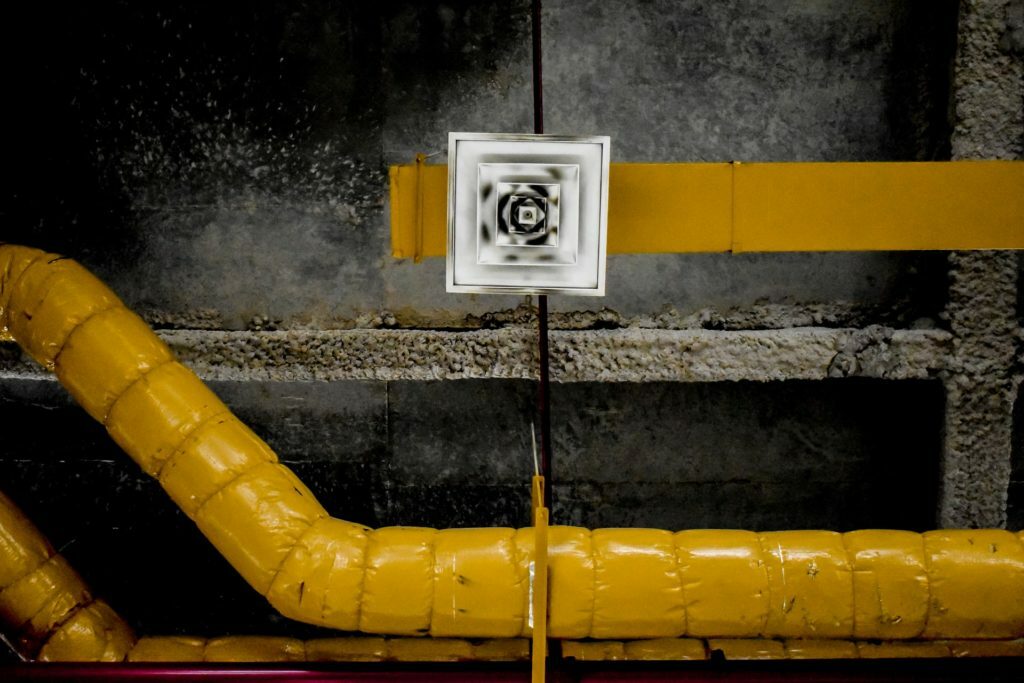Air ducts aren’t typically on the list for homeowners when they schedule regular maintenance for the systems in their houses. HVAC systems require regular maintenance to stay in working order. Air ducts, however, are usually not checked even though they are an essential part of your home’s ventilation. Ductwork is often forgotten about probably due to its typically hidden placement. Air ducts, however, also require attention, maintenance, repairs, and replacement from time to time.
Your ductwork’s condition is important because it circulates all of the warm and cool air around every room in your home. Problems with air ducts can put a strain on your HVAC system by making it work harder to keep your home comfortable. While there are several indications that your air ducts might need repair, there are many signs that indicate you need new ductwork.
A professional technician can repair many problems, however, a replacement can be simpler and less expensive in many cases. Let’s take a look at a few ways to know when to replace your ductwork.
1. Old Ductwork

An HVAC unit lasts an average of 10 to 15 years. Similarly, your air ducts can last many years with proper care and maintenance. Over time, however, the seams, joints, and seals of the ductwork will become loose and begin to deteriorate. Deterioration and damage can create many issues for your HVAC systems. With leaking and damaged old ductwork, your HVAC unit could become inefficient and cause poor performance and inconsistent temperatures in your home.
Like all other pieces of the HVAC system, the duct system will experience wear and tear as it ages. Knowing and understanding the age of your duct system and having it checked regularly will give you a good indication of when it’s time to replace it.
2. Poor Airflow
Good airflow is an essential element to having a properly functioning HVAC system. As discussed, your ductwork plays a significant role in this process by efficiently delivering warm or cooled air to your living spaces. If your ductwork has become old, damaged, dirty, or blocked, the HVAC unit will be unable to deliver comfortable temperatures to your home.
Another consequence of poor airflow could also be high energy bills. As air is blocked or leaks out of the duct system, your air conditioner will work harder and your energy costs will increase. If you notice that your HVAC system’s airflow is diminished or straining, you might consider having a technician check your air ducts. Poor airflow could be an indication that it’s time to replace your ductwork.
3. Poor Indoor Air Quality

As your air ducts begin to sag and slip, holes could open up and expose your home to allergens. Gaps or holes in your ductwork from damage or deterioration can allow dust, pollen, and other allergens to bypass your HVAC system’s air filter. Pollutants in your ductwork can circulate through your home creating poor indoor air quality.
Poor air quality can aggravate allergies and asthma symptoms and cause other health problems. If there are gaps or holes in your ductwork it can also allow moisture in that could lead to mold growth. If mold spreads through your ductwork it could cause health problems, unpleasant smells in your home, and damage to your HVAC system. If you notice unpleasant smells from your vents or other symptoms of poor air quality, it could be a sign that your ductwork needs to be replaced.
The duct system in your home was strategically designed and installed to cool your living space optimally. If your ductwork has become old and damaged, it can’t perform as it was designed and might need to be replaced. Higher energy bills, poor indoor air quality, decreased airflow and the age of your system could be signaling a problem. You should consult an HVAC professional to help you determine the best way to repair or replace your ducts.






